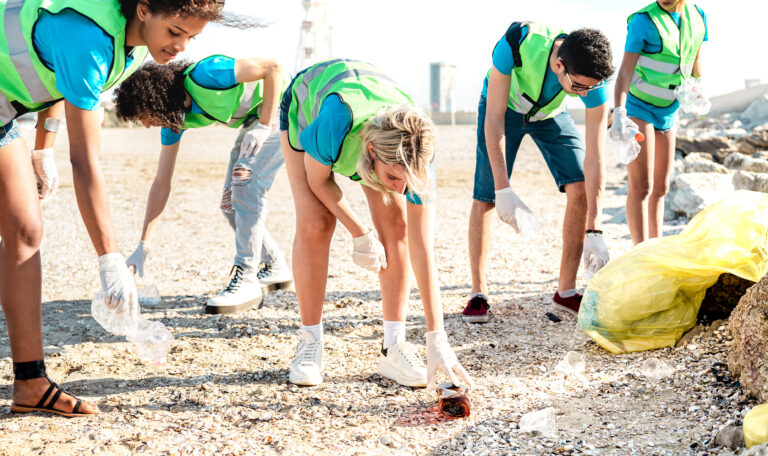
I’m a teenager dealing with the impact of climate change
Growing up in Silicon Valley during the 2010’s, I was surrounded by constant innovation and discovery. By five, I knew how to use an iPad, a laptop, and an iPhone.
Supporting solutions to solve the climate crisis
Get Involved!
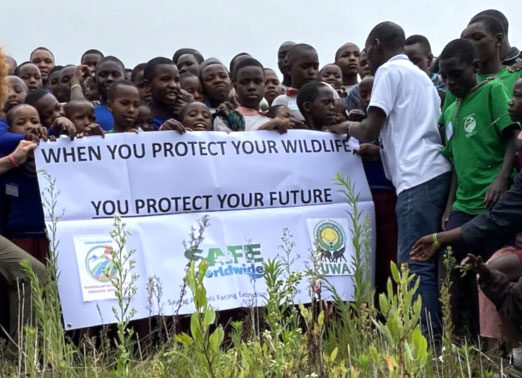
Use your voice and your vote to create positive change your area. Empower yourself and others to speak out against the climate crisis and bring about positive change.

Ride a bike. Change your diet. Recycle. Organize a clean up day. There are simple things that we all can all do to make a difference that can help the climate crisis.

Bake Sale? 5k race? Crowd funding? Help raise donations for critical projects that SAFE Worldwide funds to help promote a healthier and sustainable planet.
Be a voice for real change. Whether it’s going to the grocery store, or to a take-out restaurant, or something as simple as using plastic straws, you can say NO to single-use plastics and you can help create change in your neighborhood, your town, your city, your state. It can take just one voice and small actions to create big change.
Polar bears are one of the species most impacted by climate change. They hunt, mate and rest on the sea ice, which makes them highly vulnerable to a warming planet. The Arctic is most affected by global warming and it is not expected to slow down.
If more is not done soon, some scientist have concluded that the Arctic could be ice free in summers by 2050, which will impact the species’ chances of survival for the future.
Facts and figures regarding the climate crisis
Over 700 species on the Endangered Species List are already affected by the warming of the planet.
Our oceans will see increases in water temperature, higher levels of acidity and changes in oxygen levels, by 2060.
5 regions (China, United States, European Community, Russia and India) make up 59.2% of all greenhouse emissions (2018)
There were 14 global weather events (tornados, floods, fires, droughts) in 2018 with cost of over $1B in damages.
The number of days with temperatures over 100’F will double around the world within the next two decades.
Costs from damages for action on climate change by 2100 to be $8 trillion, while with inaction, it will be around $20 trillion.
The annual sea ice minimum in the Arctic has decreased 13% per decade since 1979.
Will see long lasting impacts on coral reefs, like mass bleaching events, disease outbreaks and decreased growth rates.
Abnormal temperatures force wild plants and crops to bloom before insects can migrate to pollinate them, creating mass food shortages.
A carbon footprint is the amount of greenhouse gas emissions caused by us and our lifestyles (examples are burning fossil fuels, deforestation and methane gases from livestock).
If we don’t curb our CO2 emissions, many endangered species will plummet by more than two-thirds in the next 20 years. More needs to be done by all of us to combat climate change.
ClimateHero will help you 1) calculate* your current carbon footprint, 2) pledge to reduce your carbon footprint, and then 3) purchase a monthly subscription so your money goes towards climate projects that offset your remaining carbon footprint to 200%. Will you be a Climate Hero, Friend, Consumer, or Villan?

Calculate your carbon footprint - in just 5 minutes!

Make a pledge to reduce your carbon footprint.

Offset your remaining carbon footprint to 200%.
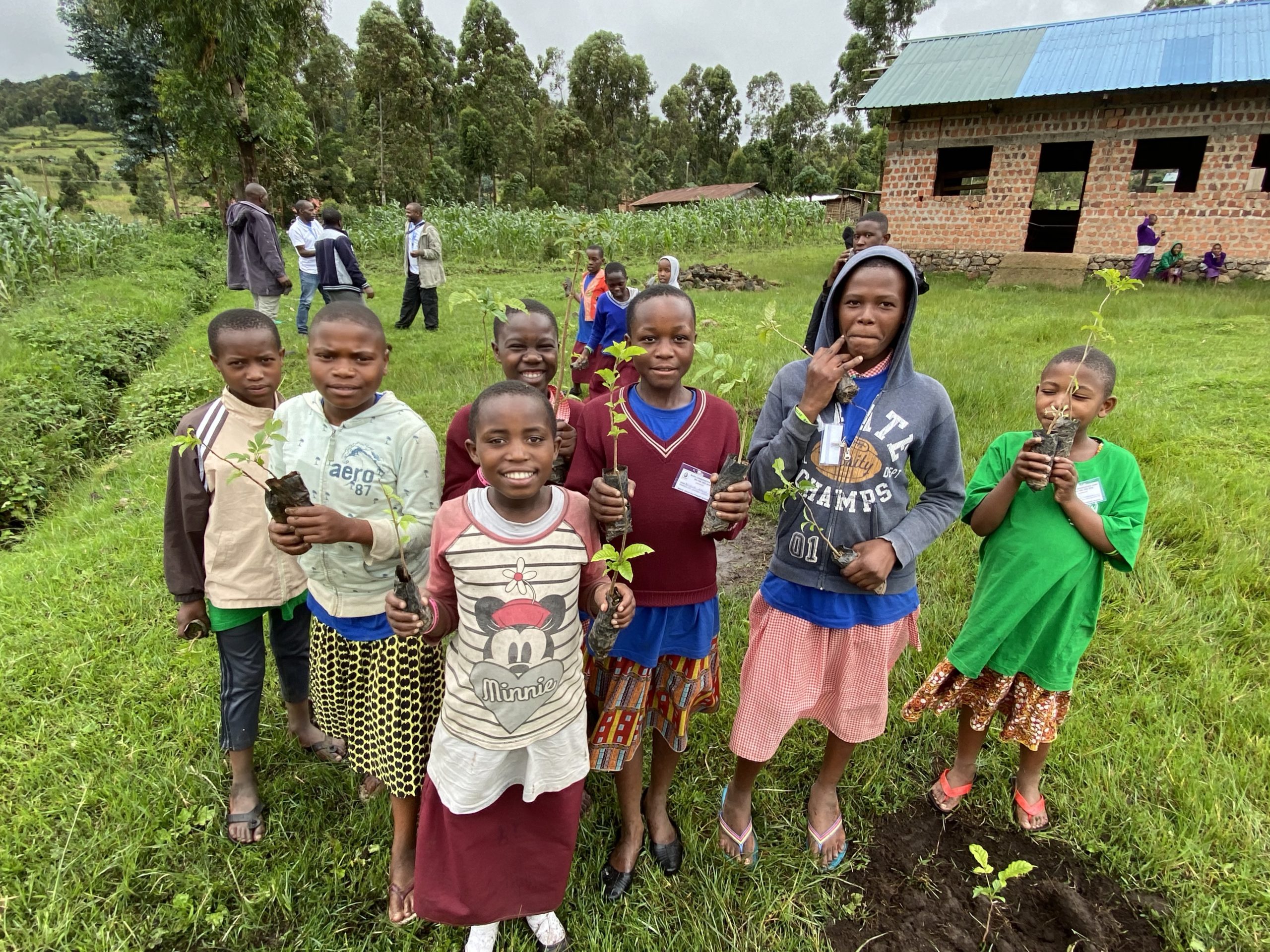
Be part of the solution.
Sign up for our monthly newsletter. Or contact us to become a SAFE Worldwide volunteer and help save wildlife and the planet.
More facts and figures regarding the climate crisis
Tropical forests are incredibly effective at storing carbon, providing at least a third of the mitigation action needed to prevent the worst climate change scenarios.
Greenland lost an average of 279 billion tons of ice per year between 1993 and 2019, while Antarctica lost about 148 billion tons of ice per year.
Global sea level rose about 8 inches (20 cm) in the last century. The rate in the last two decades is nearly double that of the last century.
Climate change is a leading cause of coral bleaching around the world, affecting large amounts of coral that may never recover from the devastating effects of global warming and pollution.
But there are steps that all of us can take to make a difference and give coral a chance to regenerate and help provide abundant life to the ocean’s living creatures.

Growing up in Silicon Valley during the 2010’s, I was surrounded by constant innovation and discovery. By five, I knew how to use an iPad, a laptop, and an iPhone.
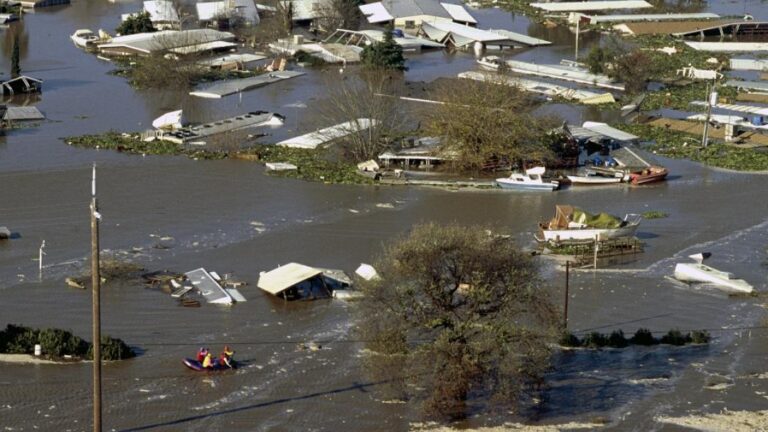
My Cold Hometown is Baking By Jim Paymar I was born and raised in the coldest city in the lower 48 States of America, Duluth, Minnesota. It rests on
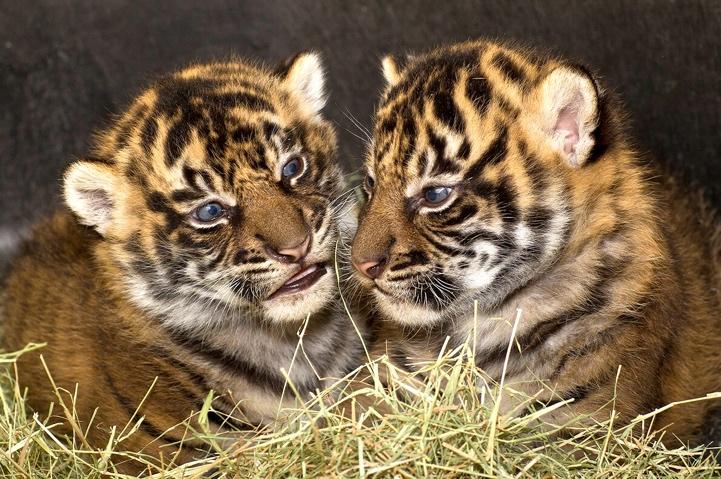
Wild Animals Belong in the Wild Wild animals and humans were created to coexist on planet Earth, but not to interact. There is a distinct difference between coexisting and
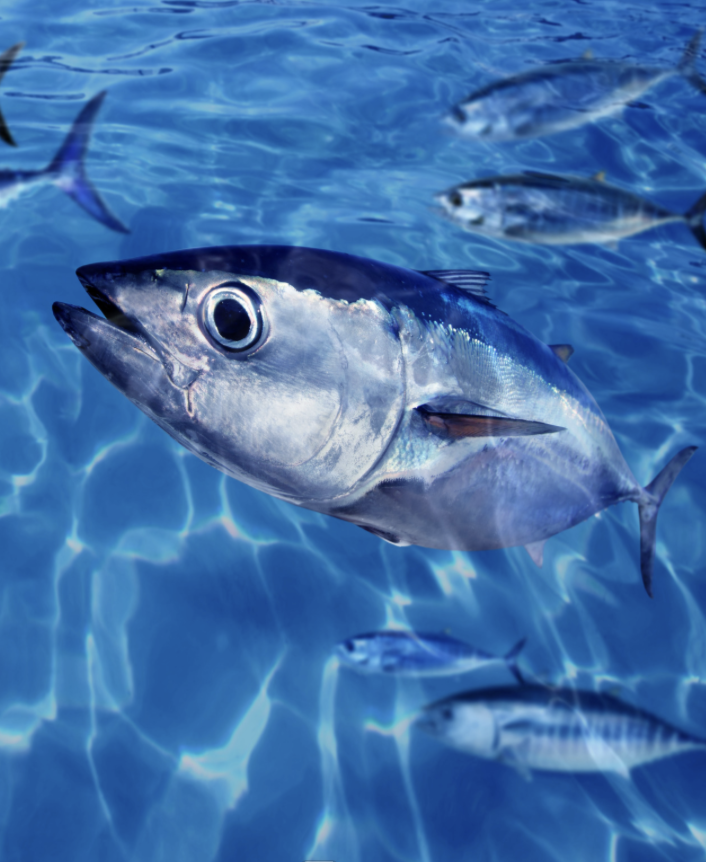
Species in Peril: Bluefin, the largest tuna The Atlantic bluefin tuna has small yellow fins with black edges and silver dots or bands on their bellies. It can grow up
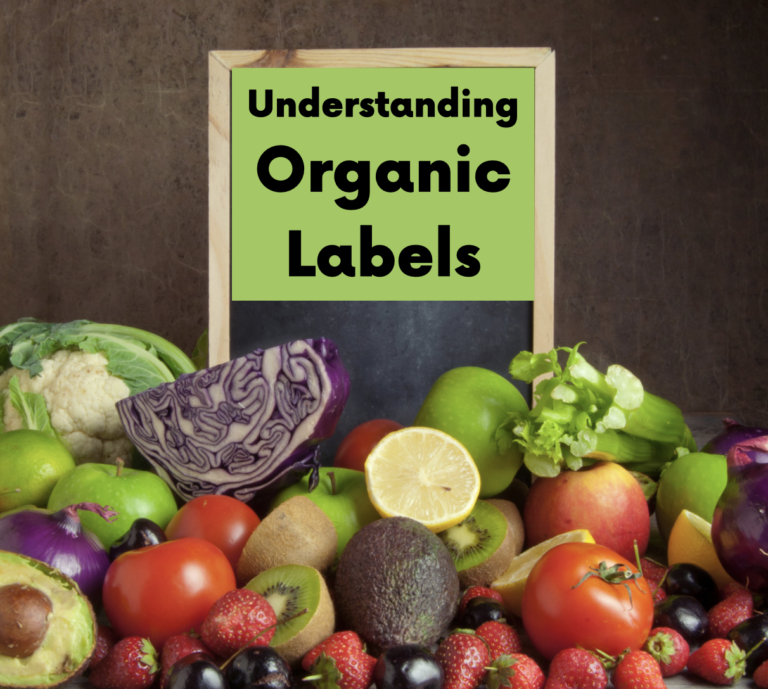
Whether they be in the local supermarket or co-op, food items everywhere contain a “green” slogan. Consumers find themselves bombarded with different labels all claiming to be “natural”, “organic”, “non-GMO”,
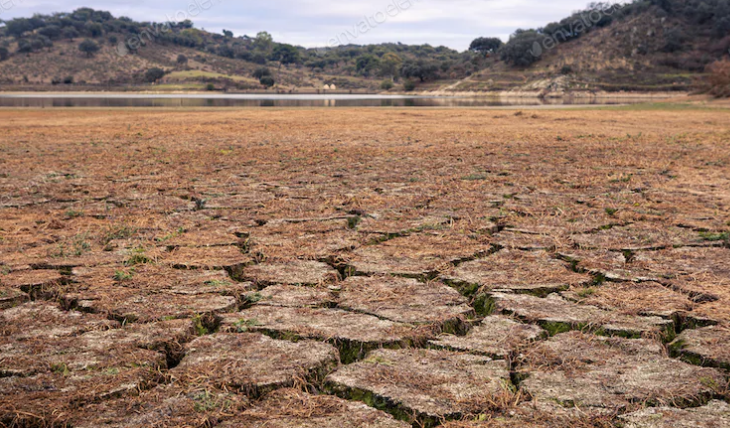
The Climate Crisis: A Human Rights Issue. When we talk about climate change, it often provokes conversation about the future and what it will look like. There’s talk of models
SAFE Worldwide, Inc is a 501(c)(3) non-profit and within the limits of the law, 100% of your donation is tax-deductible in the United States of America. We are incorporated in the state of California.
USA EIN #81-3680190
SAFE WORLDWIDE © 2024 All rights reserved
